China’s auto market grew in April, overcoming an early-year collapse triggered by the coronavirus shutdown — and  ending a nearly two-year streak of sales declines that has shaken the world’s largest auto market. Before the coronavirus, China had been seeing an economic downturn following years of historic growth in new vehicle sales.
ending a nearly two-year streak of sales declines that has shaken the world’s largest auto market. Before the coronavirus, China had been seeing an economic downturn following years of historic growth in new vehicle sales.
The market’s new energy vehicles also saw a turnaround during that month. China includes all electric, plug-in hybrid, and hydrogen fuel cell vehicles in these totals for passenger and commercial vehicles.
The Tesla Model 3’s sales in China fell over 64 percent last month compared with the previous month. That sales decline happened despite a 9.8 percent month-on-month increase in electric sales in China last month. The Model 3 did see very good months in the first quarter, bucking China’s trend in new vehicle sales plunging.
All of this is happening as the Covid-19 crisis impact has started softening in China’s economy and the world’s largest auto market. China’s recovery could be a good sign for the start of economic recovery that should slowly spread to the US.
But China’s leading auto trade group warns that the fight won’t be over — with sales expected to be down 15 percent overall versus the previous year. Much of that took place in the first quarter of this year, with sales improvements expected to continue for at least two more months.
US new vehicle sales volumes were down about 50 percent year over year in April. Car shoppers are staying out of dealerships during the pandemic — and that includes online sales. Tesla does have the advantage of getting its customers to go that route from its very beginning, with some analysts pointing to Tesla’s retail model as a sign of the future for competitors and their dealer networks.
Data on plug-in hybrid and battery electric vehicle sales in the US is very difficult to find these days, as the leading sources stopped publishing their reports last year and into this year. One analysis piece expects that EV sales will decline in the US for up to 12-to-18 months. A real double whammy has hit the market through the Covid-19 pandemic and drastically lower oil prices.
EV sales of course won’t be going away entirely in the US, and some automakers will continue to prioritize their lineups. Volvo Cars was pleased to announce that its Recharge lineup of plug-in models doubled in the first four months of this year from 7 percent of its sales to 14 percent. The company also reported seeing a nearly 44 percent drop in overall new sales last month.
Tesla chief Elon Musk was pleased to tell stakeholders at the company’s recent earnings call that the Model 3’s prices will be going down in China. That should help bring it back to competing with market leaders. BYD and Ford took the two top spots in China last month in EV sales, with the Model 3 coming in third.
Tesla wants to open up its third auto assembly plant in Germany, which appears to be going forward. For now, China will be a very important market to establish firm footing within. That’s the case for a few other major automakers that have put lots of capital into EV sales in China — including General Motors, Ford, and Volkswagen.

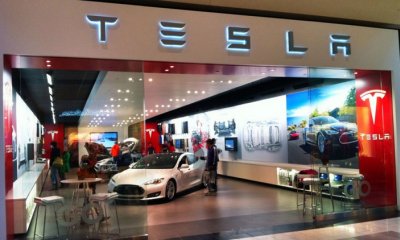 the high costs of running sales offices. Tesla wants to keep its pricing competitive especially on the Model 3 that starts at $35,000 while increasing the profit margin. The company does benefit from hosting invitation-only ride-and-drive events in major cities, which takes away some of the imperatives to operate retail stores. It will also be the hub for the next electric vehicle coming out,
the high costs of running sales offices. Tesla wants to keep its pricing competitive especially on the Model 3 that starts at $35,000 while increasing the profit margin. The company does benefit from hosting invitation-only ride-and-drive events in major cities, which takes away some of the imperatives to operate retail stores. It will also be the hub for the next electric vehicle coming out,  forward for mobility services, according to a new study by IHS Markit, Reinventing the Wheel: Mobility and Energy Future. Much of that will come from being by far the largest auto sales market in the world, with the consulting firm forecasting 28 million new vehicles to be sold there next year versus 17.1 million in the second largest global market, the U.S. Didi Chuxing is leading the way in that market for growth in app-based mobility services, as Uber and Lyft have done in the U.S. Electrified vehicles and development of autonomous vehicle technology will also play a part in China and other markets. China had more than 234,000 new energy vehicles (all-electric and plug-in hybrid electric vehicles) sold from January through September 2017, compared to over 140,000 unites in the U.S. market.
forward for mobility services, according to a new study by IHS Markit, Reinventing the Wheel: Mobility and Energy Future. Much of that will come from being by far the largest auto sales market in the world, with the consulting firm forecasting 28 million new vehicles to be sold there next year versus 17.1 million in the second largest global market, the U.S. Didi Chuxing is leading the way in that market for growth in app-based mobility services, as Uber and Lyft have done in the U.S. Electrified vehicles and development of autonomous vehicle technology will also play a part in China and other markets. China had more than 234,000 new energy vehicles (all-electric and plug-in hybrid electric vehicles) sold from January through September 2017, compared to over 140,000 unites in the U.S. market.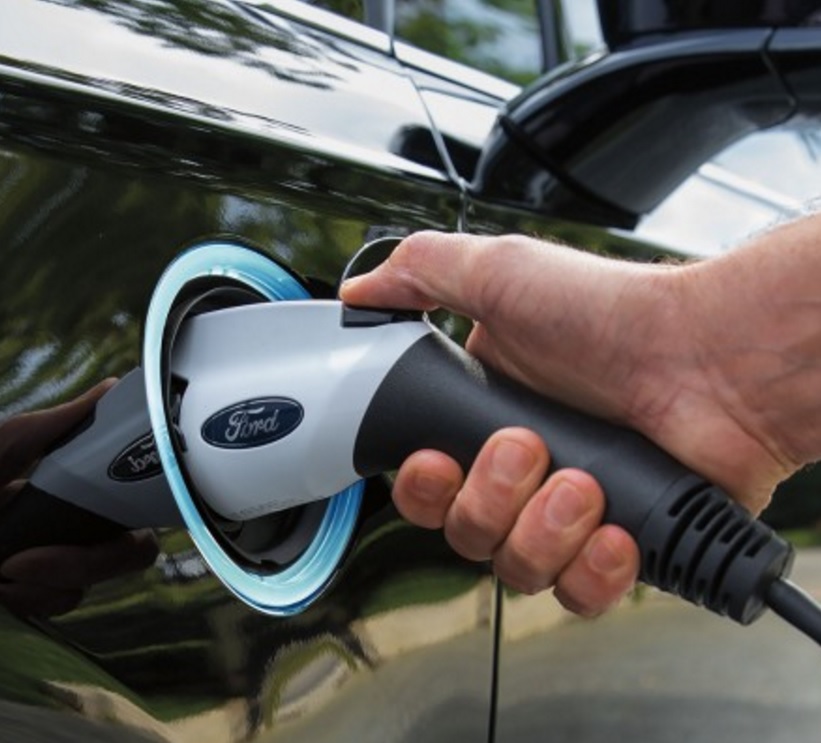 with 50 new Ford and Lincoln models going to that market by 2025. There will be at last 15 new electric vehicles under these brands, and the separate Zotye-Ford joint venture will offer a range of affordable all-electric vehicles under a new brand. Sport utility vehicles will be emphasized, with eight new utility vehicles being rolled out under the 50-vehicle launch. Connectivity will play a greater role, with all Ford and Lincoln vehicles in China connected through either embedded modems or plug-in devices by the end of 2019. As for autonomous vehicles, Ford will tap into its board member presence of Chinese company Baidu’s Project Apollo. The Apollo Open Platform will facilitate the development, testing, and deployment of autonomous vehicles, the company said………… Electric bus manufacturer Proterra announced yesterday that Yosemite National Park will add two Proterra Catalyst buses to its fleet. It will be the first U.S. National Park to permanently add zero-emission buses to its shuttle fleet, offering its visitors a modern, ecologically-friendly transportation option, Proterra said. Beginning service in late 2018, the Catalyst buses are expected annually to reduce 887,000 lbs. of greenhouse gas emissions and save approximately $150,500 on maintenance and operating costs for the national park………… Volkswagen AG’s Moia mobility service division yesterday
with 50 new Ford and Lincoln models going to that market by 2025. There will be at last 15 new electric vehicles under these brands, and the separate Zotye-Ford joint venture will offer a range of affordable all-electric vehicles under a new brand. Sport utility vehicles will be emphasized, with eight new utility vehicles being rolled out under the 50-vehicle launch. Connectivity will play a greater role, with all Ford and Lincoln vehicles in China connected through either embedded modems or plug-in devices by the end of 2019. As for autonomous vehicles, Ford will tap into its board member presence of Chinese company Baidu’s Project Apollo. The Apollo Open Platform will facilitate the development, testing, and deployment of autonomous vehicles, the company said………… Electric bus manufacturer Proterra announced yesterday that Yosemite National Park will add two Proterra Catalyst buses to its fleet. It will be the first U.S. National Park to permanently add zero-emission buses to its shuttle fleet, offering its visitors a modern, ecologically-friendly transportation option, Proterra said. Beginning service in late 2018, the Catalyst buses are expected annually to reduce 887,000 lbs. of greenhouse gas emissions and save approximately $150,500 on maintenance and operating costs for the national park………… Volkswagen AG’s Moia mobility service division yesterday  Thursday on the
Thursday on the  making profits building and selling electric vehicles. General Motors CEO Mary Barra yesterday told investors at the Barclays Global Automotive Conference in New York that the company in 2021 will be launching a new, flexible platform for electric vehicle launches that will bring down costs and increase profits. The new EV platform will accommodate multiple sizes and segments, to be sold by different GM brands in the U.S. and China, she said. A new battery system will bring down costs 30% cheaper than the battery pack used in the Chevy Bolt, Barra said. The automaker will be building at least one million EVs a year by 2026, with most going into China to comply with new energy vehicle regulations. Last month, GM said it planned to launch 20 new electric vehicles by 2023, but did not provide details…………
making profits building and selling electric vehicles. General Motors CEO Mary Barra yesterday told investors at the Barclays Global Automotive Conference in New York that the company in 2021 will be launching a new, flexible platform for electric vehicle launches that will bring down costs and increase profits. The new EV platform will accommodate multiple sizes and segments, to be sold by different GM brands in the U.S. and China, she said. A new battery system will bring down costs 30% cheaper than the battery pack used in the Chevy Bolt, Barra said. The automaker will be building at least one million EVs a year by 2026, with most going into China to comply with new energy vehicle regulations. Last month, GM said it planned to launch 20 new electric vehicles by 2023, but did not provide details…………  recognized more than Warren Buffet, Jeff Bezos, Mark Zuckerberg, and Richard Branson combined. He’s been on the cover of
recognized more than Warren Buffet, Jeff Bezos, Mark Zuckerberg, and Richard Branson combined. He’s been on the cover of 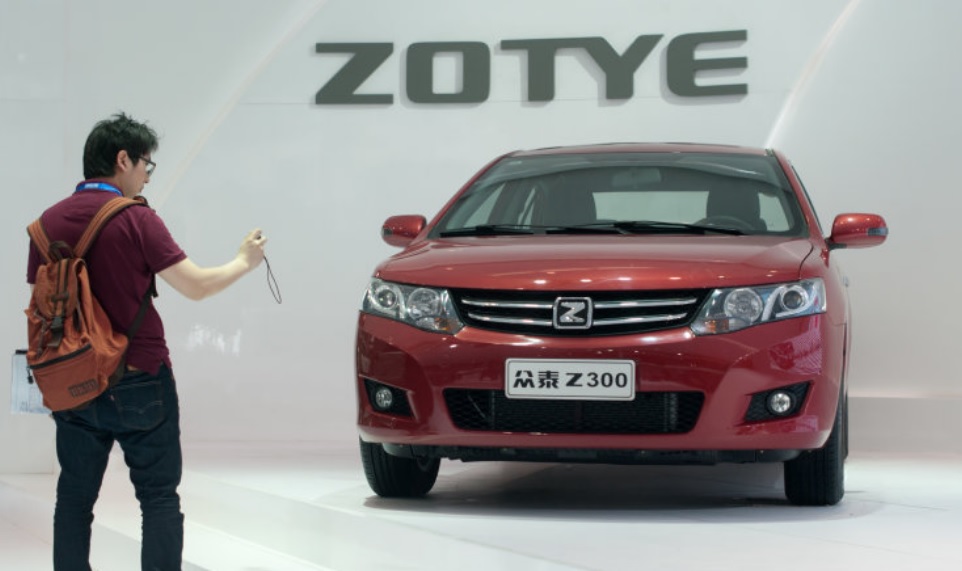 range of stylish and affordable all-electric vehicles for consumers in China under a new local brand. If it achieves regulatory approval, the new JV will design, build, market and distribute all-electric passenger vehicles for the Chinese market. The Detroit automakers already has JVs in place with Changan Ford Automobile Corporation, Ltd. and Jiangling Motors Corporation. Ford will continue working closely with each of its JV partners to develop and manufacture new energy vehicles to meet rising consumer demand in China during the impending electrification phase of the Chinese auto industry.
range of stylish and affordable all-electric vehicles for consumers in China under a new local brand. If it achieves regulatory approval, the new JV will design, build, market and distribute all-electric passenger vehicles for the Chinese market. The Detroit automakers already has JVs in place with Changan Ford Automobile Corporation, Ltd. and Jiangling Motors Corporation. Ford will continue working closely with each of its JV partners to develop and manufacture new energy vehicles to meet rising consumer demand in China during the impending electrification phase of the Chinese auto industry. Angeles Convention Center, Nov. 27-30, 2017. Debut vehicles will be shown right after at the 2017 LA Auto Show, which will be open to the public Dec. 1-10. The AutoMobility LA conference will feature more than 50 thought leaders across several panels, discussions, and keynote addresses. The Top 10 Startups challenge sets ten startups apart from thousands of newcomers, earns them a tremendous amount of media exposure, and places their products/services on AutoMobility LA’s global stage. Automakers are expected to conduct more than 50 world-class debuts at the event. BMW will be making nine debuts during its press conference, including two global debuts. Porsche will launch the global reveal of the Panamera Turbo S E-Hybrid Sport Turismo. Green Car Journal will announce the winner of the 2018 Green Car of the Year award. The 2018 nominated models include the Honda Accord, Honda Clarity, Hyundai Ioniq, Nissan Leaf, and Toyota Camry. The announcement will take place at the LA Convention Center on Thursday, Nov. 30, at 8:00 a.m. PST inside the Technology Pavilion.
Angeles Convention Center, Nov. 27-30, 2017. Debut vehicles will be shown right after at the 2017 LA Auto Show, which will be open to the public Dec. 1-10. The AutoMobility LA conference will feature more than 50 thought leaders across several panels, discussions, and keynote addresses. The Top 10 Startups challenge sets ten startups apart from thousands of newcomers, earns them a tremendous amount of media exposure, and places their products/services on AutoMobility LA’s global stage. Automakers are expected to conduct more than 50 world-class debuts at the event. BMW will be making nine debuts during its press conference, including two global debuts. Porsche will launch the global reveal of the Panamera Turbo S E-Hybrid Sport Turismo. Green Car Journal will announce the winner of the 2018 Green Car of the Year award. The 2018 nominated models include the Honda Accord, Honda Clarity, Hyundai Ioniq, Nissan Leaf, and Toyota Camry. The announcement will take place at the LA Convention Center on Thursday, Nov. 30, at 8:00 a.m. PST inside the Technology Pavilion.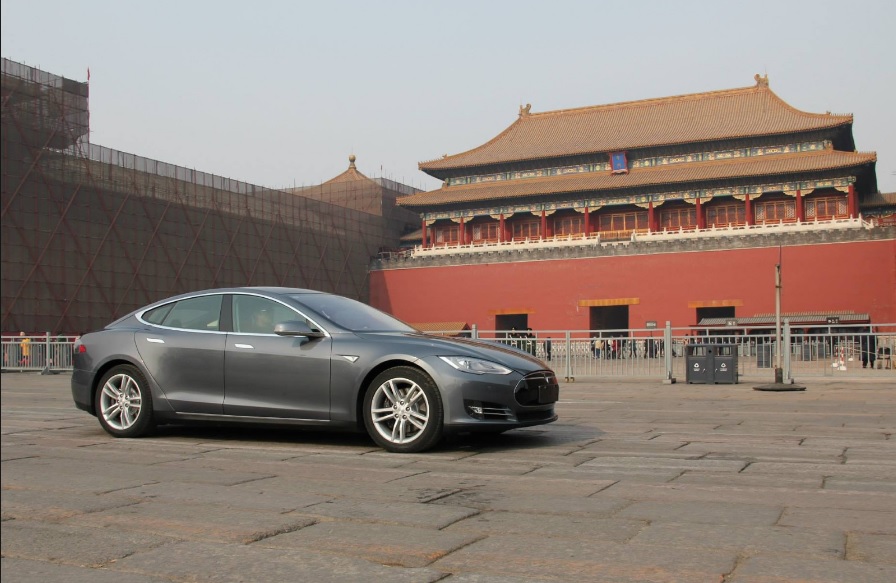 indicating whether an agreement has been met. Those talks were reported to have been underway earlier this year. Tesla would still have to pay the 25% import fee that it’s had all along in China, but the company would have costs reduced not having to ship the cars into that market. It would also allow Tesla to stay true to its identity of being an independent operator by avoiding the traditional joint venture with a Chinese automaker that Tesla’s competitors have been doing for years. China is becoming more flexible to grow its local EV market and remain No. 1 globally, to clean up air pollution in its growing cities, and to free up the nation from foreign oil imports. The electric carmaker has been moving in this direction in recent years, with CEO Elon Musk thinking that it’s the most significant market in the world for company growth. The company now has a 5% stake from Chinse internet company Tencent Holdings, which should support Tesla’s strategy in that market.
indicating whether an agreement has been met. Those talks were reported to have been underway earlier this year. Tesla would still have to pay the 25% import fee that it’s had all along in China, but the company would have costs reduced not having to ship the cars into that market. It would also allow Tesla to stay true to its identity of being an independent operator by avoiding the traditional joint venture with a Chinese automaker that Tesla’s competitors have been doing for years. China is becoming more flexible to grow its local EV market and remain No. 1 globally, to clean up air pollution in its growing cities, and to free up the nation from foreign oil imports. The electric carmaker has been moving in this direction in recent years, with CEO Elon Musk thinking that it’s the most significant market in the world for company growth. The company now has a 5% stake from Chinse internet company Tencent Holdings, which should support Tesla’s strategy in that market.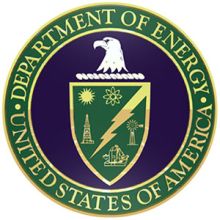 to enable growth in fast charging. It includes electrification projects that will support the development and verification of electric drive systems and infrastructure for what it defines as “extreme fast charging” (400-kW). It’s being done through the DOE’s Vehicle Technologies Office (VTO), which funds early-stage, high-risk research to support improved vehicle efficiency, lowers costs, and increases use of secure, domestic energy sources. It’s part of a VTO-funded report that will be released today, where researchers at Idaho National Laboratory, Argonne National Laboratory, and the National Renewable Energy Laboratory identified technical gaps to bring an extreme fast charging network to the U.S. The
to enable growth in fast charging. It includes electrification projects that will support the development and verification of electric drive systems and infrastructure for what it defines as “extreme fast charging” (400-kW). It’s being done through the DOE’s Vehicle Technologies Office (VTO), which funds early-stage, high-risk research to support improved vehicle efficiency, lowers costs, and increases use of secure, domestic energy sources. It’s part of a VTO-funded report that will be released today, where researchers at Idaho National Laboratory, Argonne National Laboratory, and the National Renewable Energy Laboratory identified technical gaps to bring an extreme fast charging network to the U.S. The  market this year. During September, the market saw 59,000 plug-in vehicle sales, up 80% over September 2016. Year to date, China had 338,000 units sold, up 48% over the first nine months of 2016. Battery electric and plug-in hybrid vehicles made up 1.8% of new vehicle sales in the market, up from 1.5% a year ago. The top five sellers during September, in rank order, were the BAIC EC-Series, the Zhidou D2 EV, the BYD Song PHEV, BYD Qin PHEV, and Chery eQ. BYD took 19% of the “new energy vehicle” sales for the month, beating former leader BAIC, which had 15% of the share.
market this year. During September, the market saw 59,000 plug-in vehicle sales, up 80% over September 2016. Year to date, China had 338,000 units sold, up 48% over the first nine months of 2016. Battery electric and plug-in hybrid vehicles made up 1.8% of new vehicle sales in the market, up from 1.5% a year ago. The top five sellers during September, in rank order, were the BAIC EC-Series, the Zhidou D2 EV, the BYD Song PHEV, BYD Qin PHEV, and Chery eQ. BYD took 19% of the “new energy vehicle” sales for the month, beating former leader BAIC, which had 15% of the share. need more power to get to a charging station. The patent granted to the tech giant also includes a rooftop docking station that the drone can land on to stay connected with the EV and provide power while it continues the trip. It would mean working directly with automakers to be adaptable to the technology, or making aftermarket modifications. The product isn’t scheduled to be launched anytime soon, but it ties into Amazon’s overall strategy tied to drone delivery services. The company could see demand for the product, with sales of EVs increasing each year.
need more power to get to a charging station. The patent granted to the tech giant also includes a rooftop docking station that the drone can land on to stay connected with the EV and provide power while it continues the trip. It would mean working directly with automakers to be adaptable to the technology, or making aftermarket modifications. The product isn’t scheduled to be launched anytime soon, but it ties into Amazon’s overall strategy tied to drone delivery services. The company could see demand for the product, with sales of EVs increasing each year.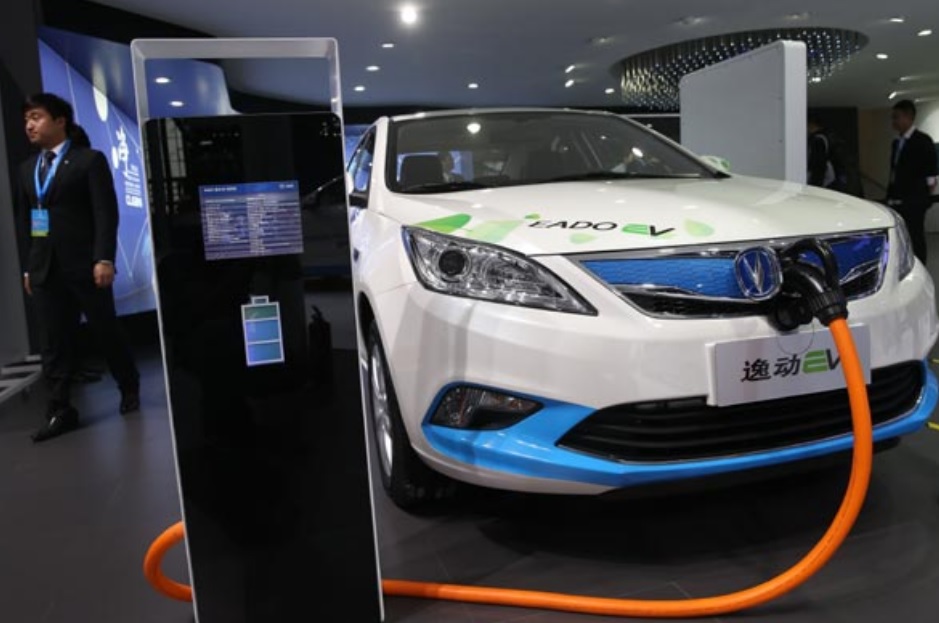 percentage points higher than an earlier proposal for next year, and applies to automakers selling at least 30,000 vehicles in that market. A credit system will be in place for sales of all-electric and plug-in hybrid electric vehicles, which is expected to offer a similar credit trading structure in place with California’s zero emission vehicle program where automakers can trade credits. China’s industry ministry announced the new regulations Thursday, along with news that the level will rise to 12% for 2020. The national government wants to support China’s leading role in EV sales, and to prepare for a long-term ban on fossil-fuel vehicles announced earlier this month. Global automakers this year have been requesting that China soften the mandates for new energy vehicle sales.
percentage points higher than an earlier proposal for next year, and applies to automakers selling at least 30,000 vehicles in that market. A credit system will be in place for sales of all-electric and plug-in hybrid electric vehicles, which is expected to offer a similar credit trading structure in place with California’s zero emission vehicle program where automakers can trade credits. China’s industry ministry announced the new regulations Thursday, along with news that the level will rise to 12% for 2020. The national government wants to support China’s leading role in EV sales, and to prepare for a long-term ban on fossil-fuel vehicles announced earlier this month. Global automakers this year have been requesting that China soften the mandates for new energy vehicle sales. company
company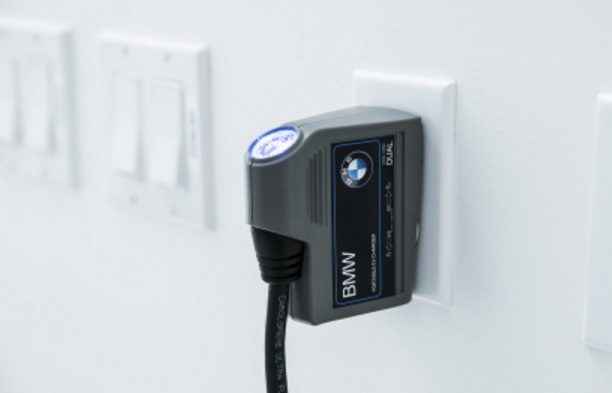 convenient 20 ft. charging cord. That brings 120-volt and 240-volt charging to BMW and Mini electric cars. The TurboCord charger can be purchased with the EV at all North American BMW and Mini dealerships and online. It also integrates state-of-the-art safety features such as unit and plug temperature monitoring, automatic shut-off and a rugged, being waterproof, and submersible enclosure (NEMA 6p) that enables users to safely and reliably charge anywhere indoor and outdoor.
convenient 20 ft. charging cord. That brings 120-volt and 240-volt charging to BMW and Mini electric cars. The TurboCord charger can be purchased with the EV at all North American BMW and Mini dealerships and online. It also integrates state-of-the-art safety features such as unit and plug temperature monitoring, automatic shut-off and a rugged, being waterproof, and submersible enclosure (NEMA 6p) that enables users to safely and reliably charge anywhere indoor and outdoor.